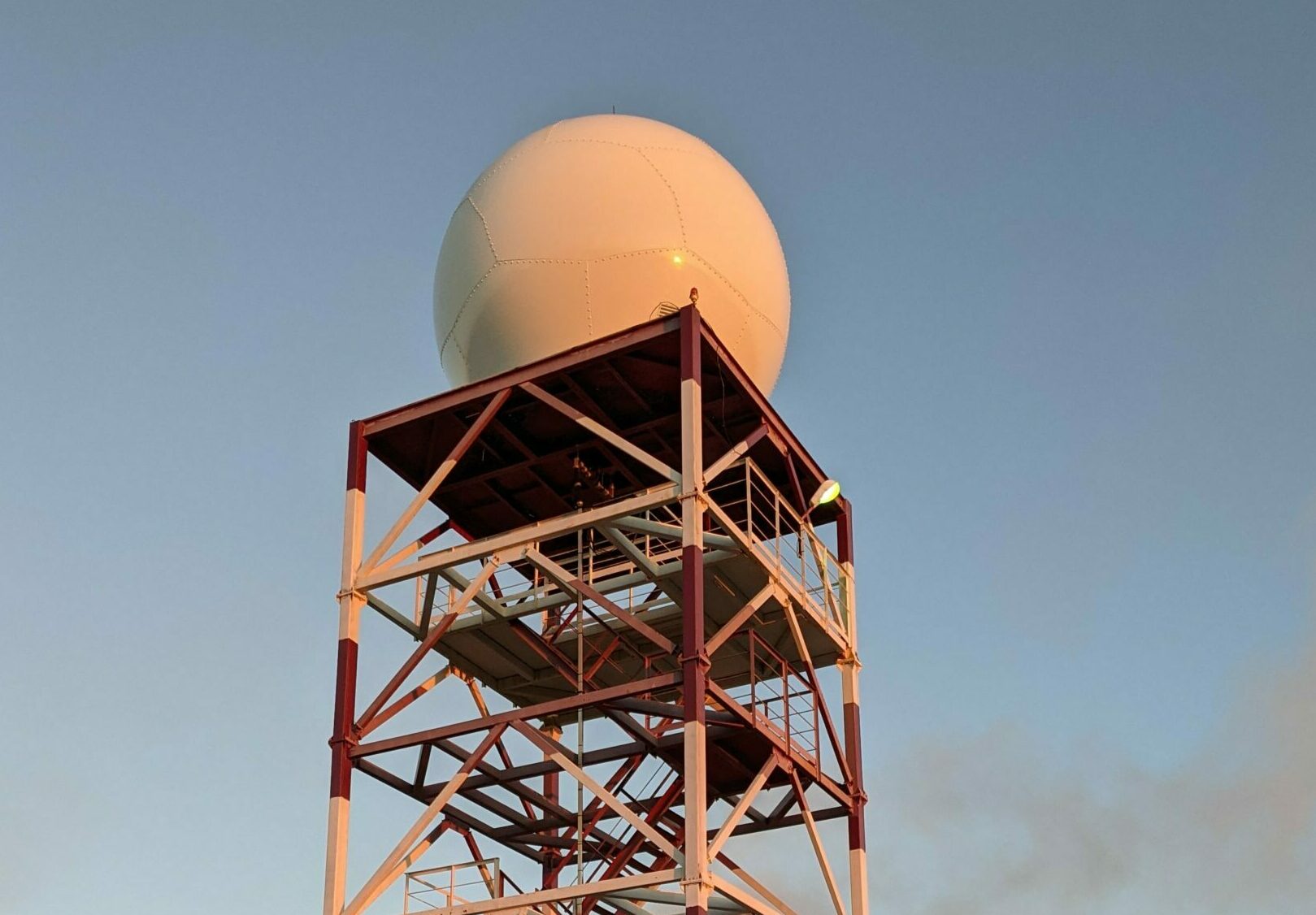For any weather organization, a radar will likely serve as the most critical element of its meteorological network. A radar provides vital information on the atmosphere's formation, location, growth, and moisture decay. This data is fed into weather forecasting computer models, used by meteorologists to make near-term predictions, and is crucial in creating effective early warning systems.
Radar is the best option for detecting, observing, and analyzing weather conditions; however, it has challenges. The science that all radars are based on has some limitations. Scientists at Baron are constantly looking for ways to overcome these limitations, which is why training and understanding which radar to purchase is so necessary.
What Weather Radar Options are Best for You?
A weather radar is the most expensive tool available to a meteorological agency, often creating a dilemma when purchasing the equipment. Cost is an essential consideration during the purchase; however, if you let price weigh too heavily on your decision process, it could cause you to purchase a radar that could be better for your agency or application. At Baron, we focus on what solution will best support the agency and its operations because we want to be lifelong partners with the global meteorological agencies we serve. We believe in providing a good solution and leaving you alone. Providing the best support to our meteorological partners is a vital part of the culture at Baron. Meteorologists represent a large share of Baron’s staff, so our culture is one of meteorological understanding.
It is essential to know that choosing which radar is best for the application is extremely important. There are several things to consider when weighing cost versus performance. It is something that should not be taken lightly, as it can have an impact on the success of the investment.

Selecting the Right Transmitter
The three common types of transmitters are klystrons, magnetrons, and solid-state. Klystrons are known for solid signal stability and provide the best results in most applications; however, this is the most expensive solution. Magnetrons are based on similar technology and are an ideal balance between budgetary constraints and performance. A third transmitter, solid-state, continues to gain attention because of its significantly lower maintenance cost. However, with less power, it has limited range and resolution. The solid-state solution is a perfect example of budgetary needs outweighing the tool's performance.
Frequency Matters
Of the many factors that can determine the solution that is best for your application, frequency tops the list. Radars come in three primary frequencies: X-Band, C-Band, and S-Band. Choosing the ideal frequency depends on the conditions of the region where the radar will be located and the needs and the needs of the organization using it. X-band is the most sensitive, perfect for detecting sea breezes, dust storms, and light precipitation (such as snow and freezing drizzle/rain). It requires a smaller antenna, so it is also a good solution for portable and research applications. C-Band sits in the middle of the pack with good overall capabilities in the various categories but also does not stand out. Its antenna size is typically larger than X-Band, but it still can be done on a semi-transportable solution if needed. An S-Band frequency is best suited for regions frequented by severe thunderstorms, tropical events, and heavy rainfall. This radar is also the largest as it requires a larger antenna, so an enormous tower and radome are required, translating into an expensive solution.

There are many other factors to consider when purchasing a radar, and as I discussed at the beginning, cost becomes one of the most significant factors. Therefore, it's essential to make sure you give sufficient weight to what radar is best for your agency and application. Remember that having a lower-cost solution will do you no good if it does not provide your meteorologists with information to provide quality forecasts.
